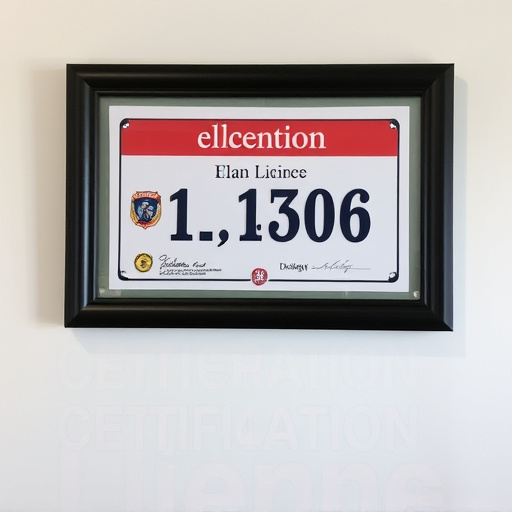Installing a Cold Air Intake (CAI) system requires meticulous ECU tuning for optimal vehicle performance, especially as CAIs significantly alter engine airflow. This process involves recalibrating the ECU to account for changes in air density and temperature, enhancing power output while ensuring efficient operation. Advanced tuning includes adjusting parameters like boost pressure, spark advance, and air/fuel ratios, using dynamic metrics to guide adjustments and avoid compromising reliability or efficiency. The key lies in careful reprogramming of the ECU to compensate for direct cold air flow, achieving peak performance with the CAI system.
In the realm of automotive performance, the factory ECU (Electronic Control Unit) plays a pivotal role. Understanding and adapting these settings is an art, especially with modifications like a cold air intake (CAI). This article delves into the intricacies of factory ECU adaptation, offering insights into the baseline settings and tuning requirements needed for optimal performance. We explore beyond basic adaptations to help enthusiasts unleash the true potential of their vehicles, ensuring a harmonious balance between stock specifications and customized enhancements.
- Understanding Factory ECU Settings: The Baseline
- Cold Air Intake Installation and Tuning Requirements
- Optimizing Performance: Beyond Basic ECU Adaptation
Understanding Factory ECU Settings: The Baseline

Factory ECUs (Electronic Control Units) are programmed with default settings designed to deliver optimal performance for a vehicle’s stock configuration, including factory-fitted components like exhaust systems, tires, and cold air intakes. These initial settings serve as a baseline for any potential tuning or modifications. Understanding this baseline is crucial when embarking on any customization journey, especially when it comes to cold air intake tuning.
The ECU controls various engine parameters such as fuel injection, ignition timing, and airflow based on sensor data. Cold air intake (CAI) systems alter the incoming air stream, often allowing for more efficient combustion and improved horsepower. However, these modifications require careful consideration of the ECU’s response to ensure optimal performance and efficiency. Tuners must adjust settings like boost pressure, throttle response, and fuel mapping to compensate for the CAI’s impact on airflow, ensuring the engine maintains its balance between power and reliability.
Cold Air Intake Installation and Tuning Requirements

The installation of a cold air intake (CAI) system is a common modification for performance enthusiasts, but it’s not just about swapping out components; it requires precise ECU tuning to unlock optimal performance potential. CAI tuning involves fine-tuning the engine control unit (ECU) to account for changes in air density and temperature, ensuring the fuel injection and ignition systems are accurately calibrated. This process is crucial as it maintains engine efficiency while enhancing power output, especially at higher altitudes or in colder climates.
During the adaptation period, dynamic mapping of the intake air volume and temperature must be considered. The ECU needs to be reprogrammed to compensate for the direct cold air flow, ensuring a precise mixture of fuel and air. This tuning process may include adjusting timing, boost pressure, and fuel delivery maps to achieve the best possible performance and efficiency with the new CAI system installed.
Optimizing Performance: Beyond Basic ECU Adaptation

Optimizing performance goes beyond the basic ECU adaptation process, especially for those looking to squeeze every last drop of power from their factory ECU. After addressing the essential tuning requirements, such as cold air intake settings, fuel mapping, and ignition timing, the real fun begins. This advanced stage involves fine-tuning various parameters to achieve peak efficiency. For instance, optimizing air/fuel ratios, adjusting boost pressure for turbocharged engines, or refining spark advance can lead to significant gains in horsepower and torque.
It’s crucial to approach this phase with a methodical mindset, meticulously recording changes and their corresponding effects. Dynamic metrics like engine temperature, oil pressure, and exhaust gas temperatures provide valuable insights into the engine’s behavior under various load conditions. This data-driven approach ensures that each adjustment contributes positively to performance without compromising reliability or efficiency.
In conclusion, adapting a factory ECU for optimal performance involves a deep understanding of its settings, especially when considering modifications like cold air intake systems. The process begins with comprehending the baseline settings and can be enhanced through precise tuning that goes beyond basic adjustments. By addressing specific requirements such as those related to cold air intakes, vehicle owners can unlock hidden potential, ensuring a well-balanced and responsive driving experience. This tailored approach to ECU adaptation is key to maximizing the capabilities of any modified vehicle.














